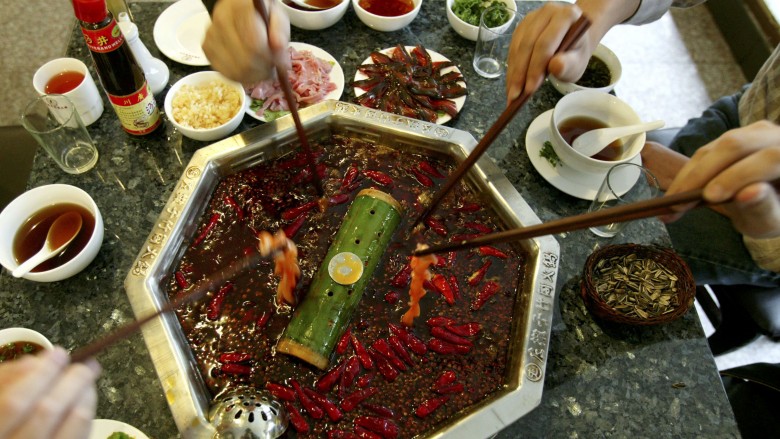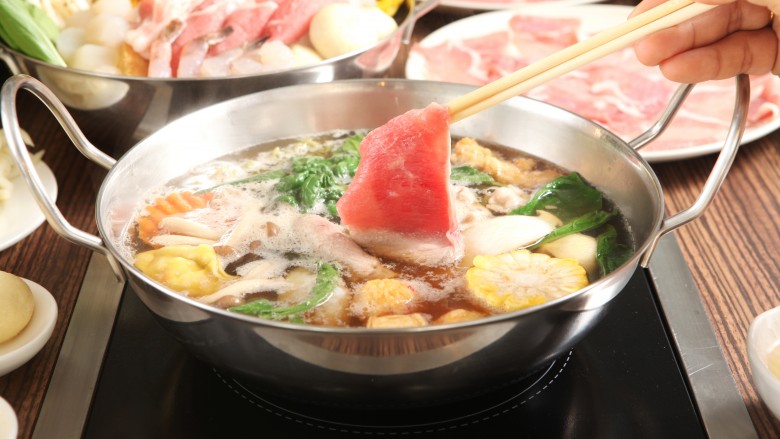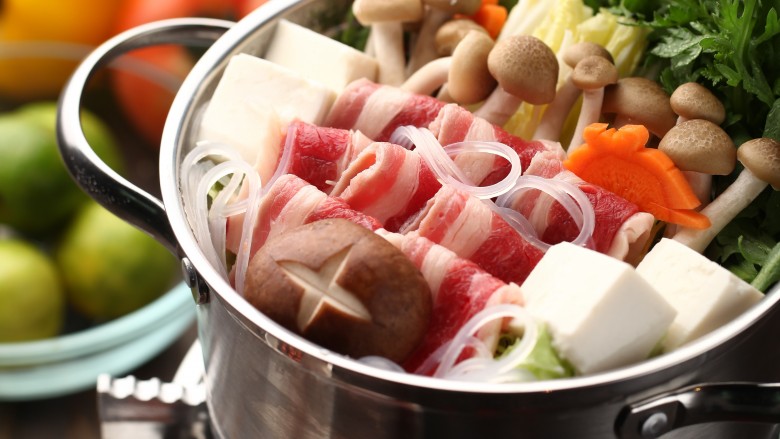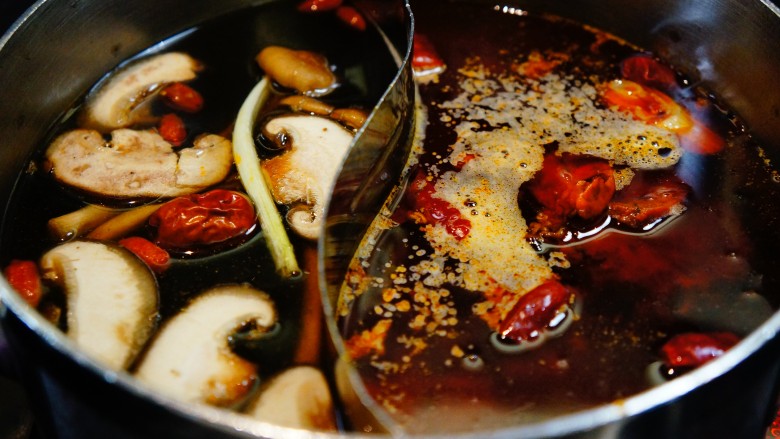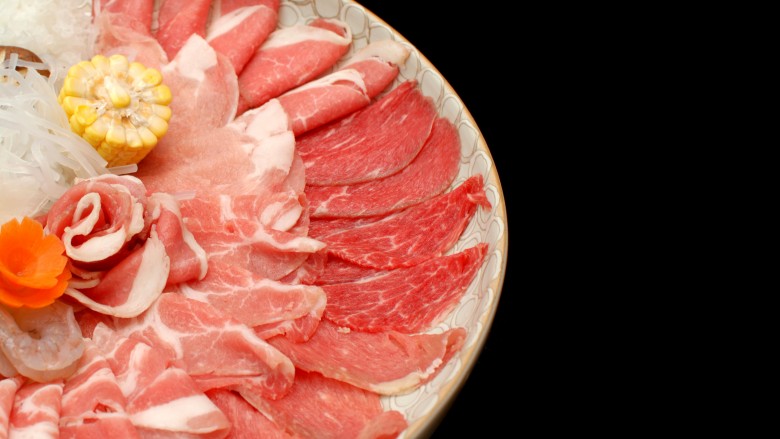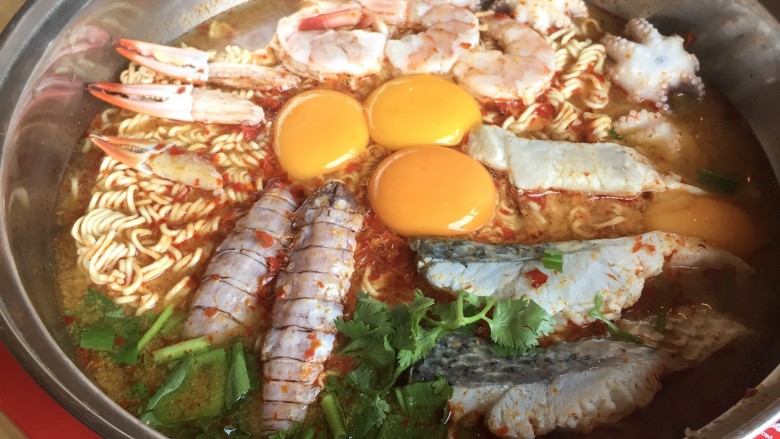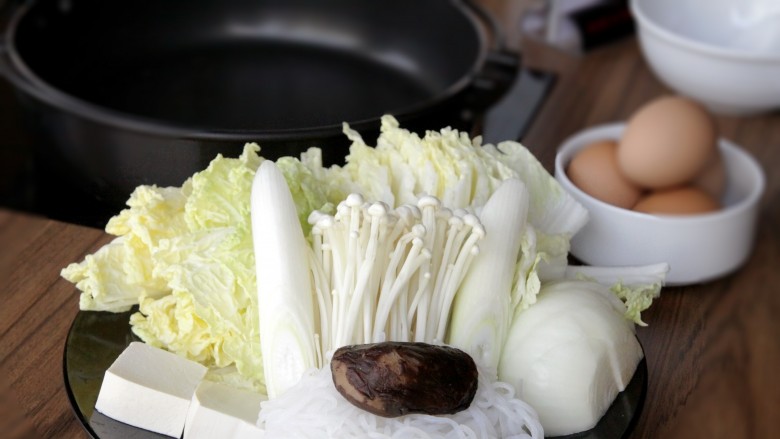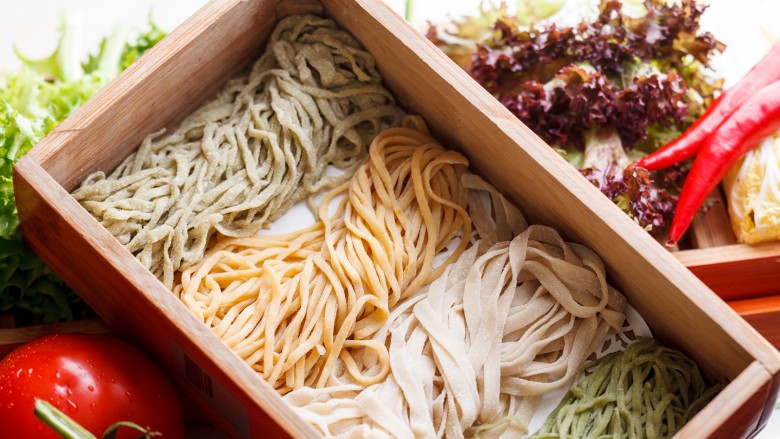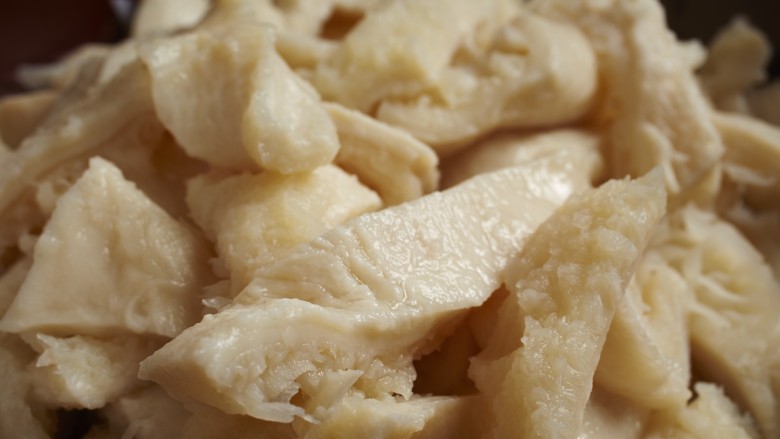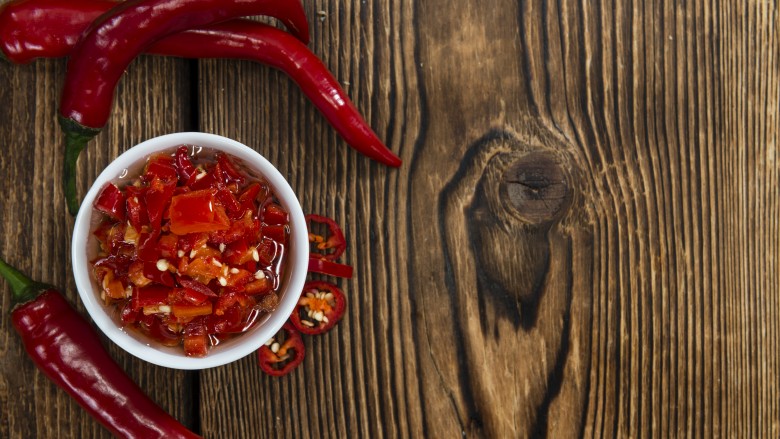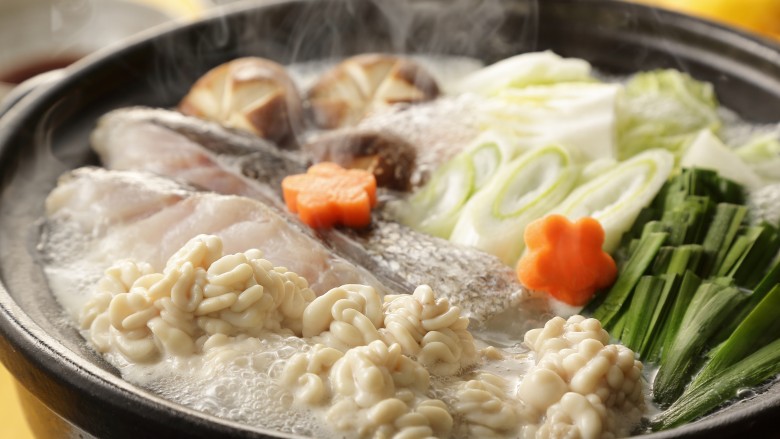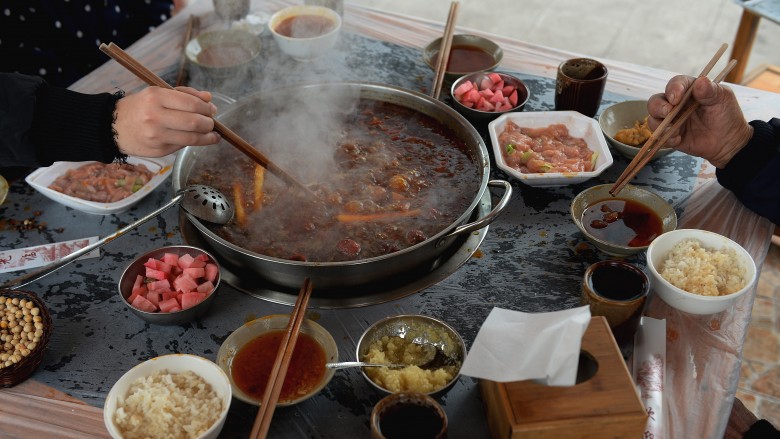Everything You Need To Know About Hot Pot
We may receive a commission on purchases made from links.
Consider hot pot, which translates to "fire pot," as Chinese fondue and you'll begin to understand its widespread appeal in and out of China. Whatever you call this meal, it remains one of my favorite ways to share food with friends and family. Whether you go out to a restaurant to enjoy hot pot or prepare it at home, the scene promises to be full of warmth, good food, and vibrant colors. A metal pot of simmering broth sits atop a burner at the center of the table, while plates of raw meats, seafood, vegetables, and starches are arranged all around. Diners add ingredients to the broth to cook, then scoop them out using fine-mesh spoons. I love the way hours-long hot pot meals bring people together over delicious foods built around a uniquely communal dining experience.
The hot pot etiquette list is short
Hot pot is quite forgiving and doesn't come with a whole lot of rules. Wait until the broth begins simmering before adding foods. Meat plates usually come with their own tongs to avoid cross-contamination with cooked foods. Use them to add meats first since these take longer to cook. Meats are cooked when they float to the top of the broth and are fully changed from their raw color. Use your chopsticks to pick up non-meat ingredients and dip them into the broth — cooking should only take a few minutes at most. Add little by little as opposed to everything at once, as that brings down the heat level of the broth, slowing down the cooking process for everyone.
Hot pot tools
Hot pot requires few tools. You simply need a hot pot (preferably with a divider built in) for your broths, a gas or electric burner for heating, chopsticks for adding ingredients, tongs for adding meats, and scoopers to help collect your cooked foods. That's all!
Hot pot ingredients
The list of ingredients you can add to the hot pot is an extremely long one—and that is part of the pure joy of eating this way. Since hot pot is a meal you're meant to savor over the course of a few hours, try to cook a little bit of everything gradually, so you get a real feel for how the meats, seafood, veggies, and noodles complement each other and deepen the flavor of the broth as the night goes on.
Brothy choices
When you go to a restaurant to have hot pot, chances are you'll be offered a spicy broth or a clear one. The former contains Sichuan peppers, chiles, and chili oil to amp up the heat level. The latter is generally made from cooking meat or chicken bones for a much milder flavor. While you can choose one or the other, you don't have to. Most eateries can provide a yin yang pot, which is one with a divider in the center so you can have both soups separated.
The meat of the matter
While there are plenty of vegetarian ingredient options used in hot pot, the best part is the meat. In this department, anything goes. The selection often ranges greatly and includes beef, lamb, chicken, and mutton. They are deliberately sliced very thinly so as to cook quickly in the broth. Simply dip them into the broth a few times and you'll find they have fully cooked like magic.
From the sea
Seafood options for hot pot include ingredients such as fresh shrimp, fish balls, prawns, scallops, squid, cuttlefish, and octopus. They lend broths amazing depth of flavor, so definitely throw in some of them and enjoy.
Sure, throw in some veggies
Even though meat and seafood are the undeniable stars, hot pot would not be complete without all the delicious vegetables. In addition to complementing the all the hearty ingredients, veggies lend the broth complex flavor. While you can add any type of produce you want to, I prefer ones that can withstand the heat from hot simmering broth without turning to mush. Vegetable offerings and vegetarian-friendly ingredients are often vast. From mushrooms, bok choy, and cabbage to taro, potatoes, and tofu, you're bound to find something you like in the mix.
Don't forget the starchy carbs
For some carb action, restaurants usually have a selection of starches on hand, too. Think noodle options — from udon and rice noodles to mini wontons and dumplings, there are plenty of filling add-ins to keep you sated.
And for the adventurous hot potter….
If you're feeling adventurous and want a truly authentic Chinese hot pot experience, you should definitely be brave and opt for some tasty delicacies such as tripe, geoduck (a type of saltwater clam), fish skins, pork blood, or pork liver.
And for dipping?
Hot pot dipping sauces are a great way to add extra oomph to your on-site cooking efforts. These are customizable and can be made by mixing and matching ingredients such as soy sauce, sesame oil, chili oil, green onions, vinegar, or garlic sauce. Go rogue.
Making hot pot at home?
If you want to have hot pot at home, take the leap! Visit your local Asian supermarkets for thinly sliced meats, seafood, veggies, and noodles. As far as the broth goes, you can use soup bases such as the ones available from Little Sheep to help you make your own or do it all from scratch. For some starting points on how to whip up easy hot pot broths, check out these recipes.
This recipe from The Woks of Life uses a spicy broth base to start. Add warming spices like cinnamon, cloves, and star anise for depth of flavor.
If you have hours to spare, try making your own hot pot broth from start to finish without using a soup base. This recipe from Yi Reservation takes you through the whole process from pre-boiling pork bones to the final hours of simmering.
I'm always ready to partake in hot pot so don't forget to invite me.
History of hot pot
Why do Chinese people like me and all eaters in the know love hot pot so much? To answer that question, let us go back a bit—like, say, 1,000 years. Most food historians agree the history of hot pot dates at least that far back when the Jin Dynasty reigned in China. The origins of hot pot can be traced to Mongolian horsemen who traveled into China. Weary and hungry, the men supposedly cooked soups in their helmets over open fires and added various meats to the broth. While the practice produces ridiculously warming, tasty results, especially in the winter months, it also naturally encourages hours of eating, drinking, and conversing. In short, hot pot can usually be equated to good times. The Mongols knew this.
While hot pot is undoubtedly flavorful to eat and fun partake in, you may not immediately realize that it's also inherently pretty healthy. Unlike frying or other methods of cooking with added fat, boiling meats and veggies only releases their nutrients back into the cooking broth, maximizing the flavors. Having hot pot in the colder months can help you warm up from the inside out, while enjoying it in the hotter months can help you sweat and cool off. You can't lose!
Ready to try hot pot? I'm here to help you feel totally at home huddled around a pot of savory broth cooking your own foods.

